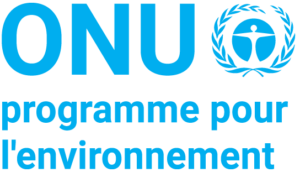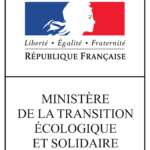While half of the world population is in process of becoming urban, in the countries bordering the Mediterranean two out of three inhabitants are already city-dwellers. By 2030, three quarters of the Mediterranean population will be urban.
Managing the acceleration of urbanization in the Southern and Eastern Mediterranean, meeting the needs attendant upon it, containing diffuse urbanization on the Northern rim, limiting excessive concentration in large cities and the rising inequalities, reducing vulnerability to environmental risks, taking into account the near and more distant environmental impacts, are major challenges of urban development patterns in the 21st century.
















